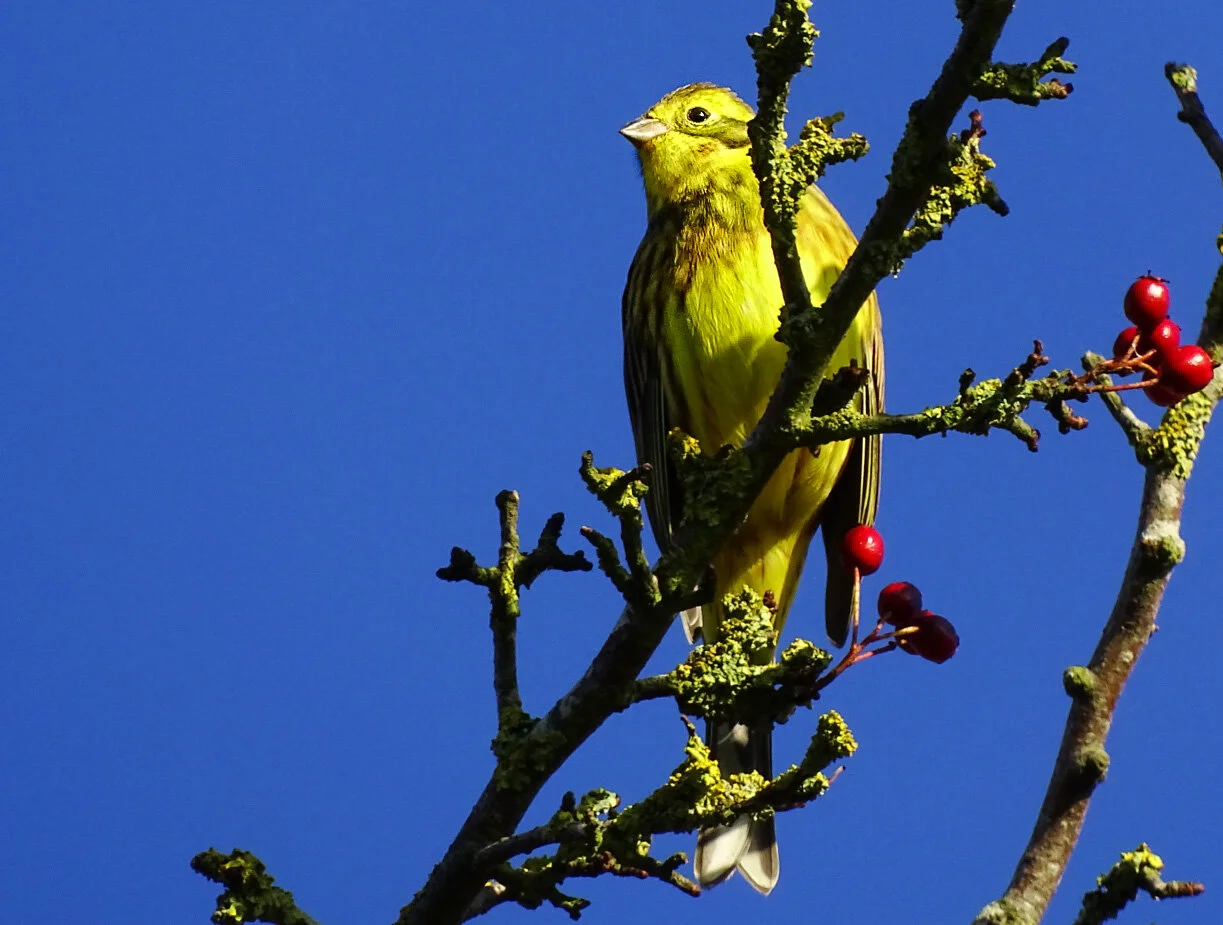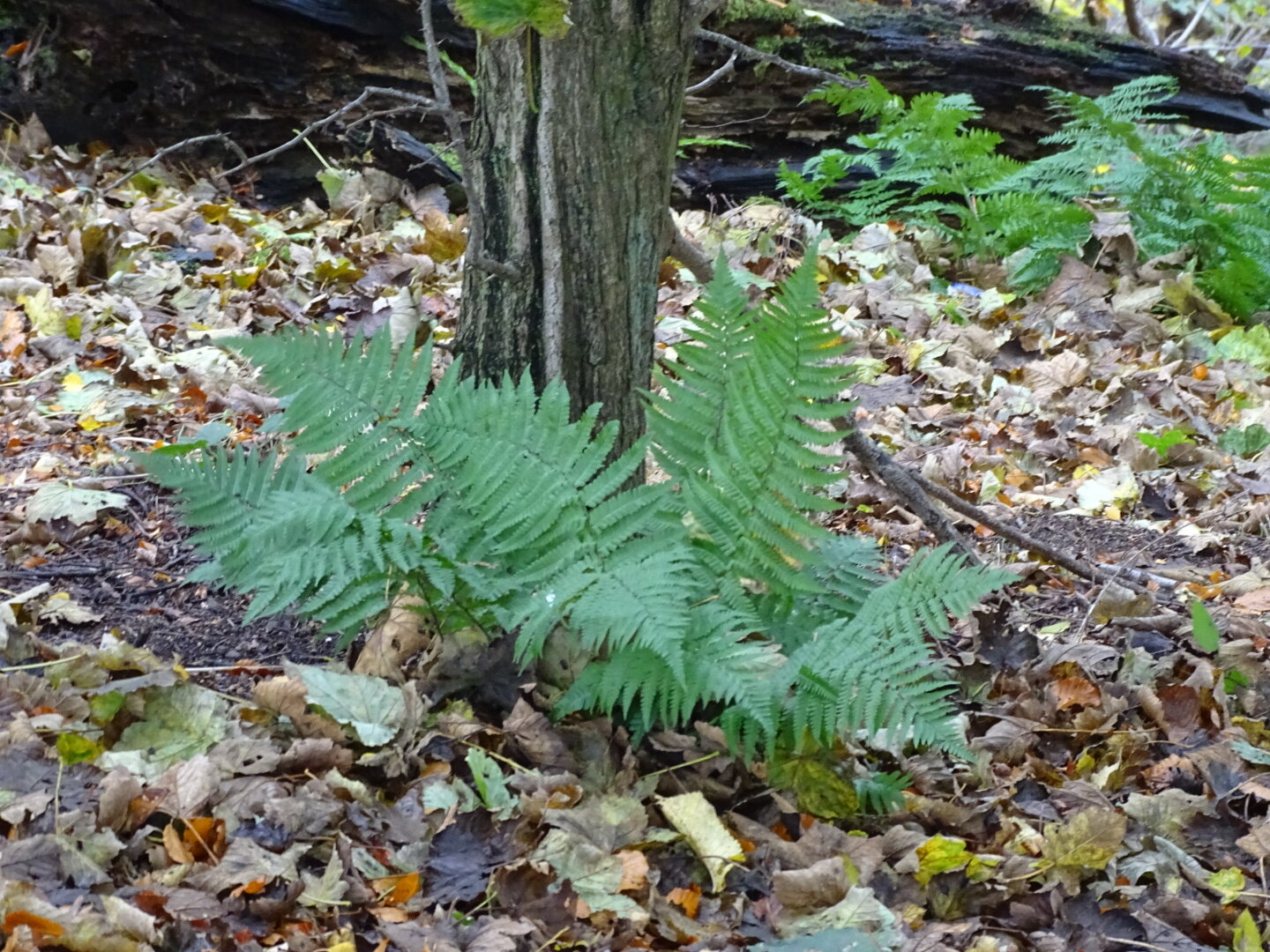Bracken dying back in winter…
So, of all the local plants that were kicking about when the dinosaurs walked this piece of the planet, one of the most interesting is the fern... And there quite a few varieties in and about West Dunbartonshire ranging from the ubiquitous bracken up on the hills, that’s already turned brittle and brown, to the more delicate ground-dwelling lady fern, still evergreen in the shade of the woods.
This all sounds very lush and romantic, so why should we be worried about ferns? Well, after racing through the bracken as a kid for years and even using the fronds as pretend swords and spears it turns out that their spores can be carcinogenic. Bracken especially, has been shown to alter human DNA, and not in good way. (British Journal of Cancer 2000)
One frond of bracken can release 300 million spores.
So, what are we to think? Do we stay inside and hold our breath in a world already rampant with restrictions?
Personally, I’ll avoid walking through bracken at certain times of the year.
The Autumn is ‘spore time’ so we’re probably over the worst by now. Apart from breathing in those bracken spores there is concern that large quantities may end up in our water supplies or even in our food.
I began this article expecting to praise this complex and beautiful plant, but I’m not so sure now... stepping back a bit, it provides a habitat for pollinating insects and for beautiful birds like meadow pipits and yellowhammers...
Yellowhammer or Scotch Canary
Lady Fern



